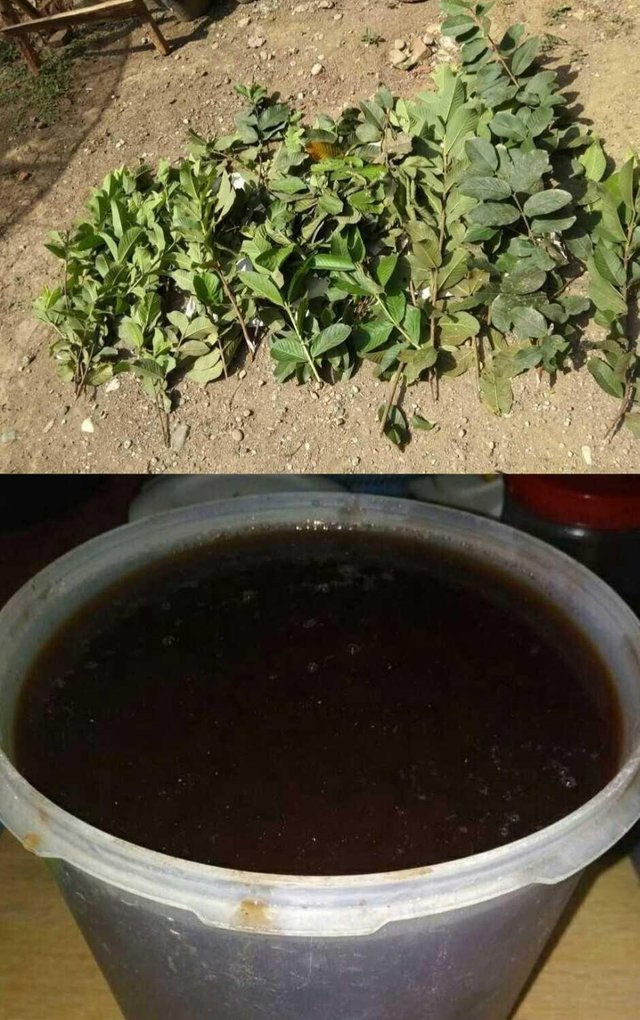HOW INHIBITOR CORROSION PREPARATION OF GUAVA LEAF EXTRACT
guava leaf extract is one of the plants that can be used as corrosion inhibitor. With the content in it.
In the guava leaf contained chemical compounds on the leaves in the form of alcohol, aldehydes, aliphatic hydrocarbons, aromatic alcohols, kadalene, calcium, carbohydrates, betakariofilena, kasuarinin, chlorophyll A, chlorophyll B, sineol, but the most dominant is tannin. Guava is one of the fruit plants that contain many nutritional components in it.

Tannin content of guava leaves to make guava leaf extract can serve as a corrosion inhibitor.
Tanin is a group of water-soluble polyphenols with BM (molecular weight) ranging from 500 to 3000 g / mol. Tannins are also able to precipitate gelatin, alkaloids and other proteins. The tannins are also one of the secondary metabolite compounds present in plants and are synthesized by plants.
Tanin is classified into two classes, namely:
Tanin Hydrolysis, is a tannin that is hydrolyzed in water. Tanin hydrolysis is a hydroxyl of carbohydrates or phenolic esterified such as gallic acid (in gallotannins) or ellagic acid (in ellagitannins).
Tanin Condensation, is a condensable tannin, but can not be hydrolyzed except in the acidic atmosphere. Condensed tannins are a product of the flavan-3-ols polymerization usually called catechins and flavan-3,4-diols or mixtures of two polymers, called 'flavans'.
Tanat acid, or better known as tannin, contains 10% H2O. The chemical structure of tannins is complex. Tanin has several compound stages.
Nature of Tanin Chemistry
Tanin has a common trait, among others, has a phenol group and is colloidal, what if dissolved in water will be colloidal and weak acid.
Generally tannins can dissolve in water. The solubility is large and will increase when dissolved in hot water.
The tannins will break down into pyrocatechol, pyrogallol and phloroglucinol when heated at 98.89 ° C-101.67 ° C
Tannins can be hydrolyzed by acids, bases, and enzymes.
The chemical bond between tannins consists of hydrogen bonds, covalent bonds and ionic bonds.
Physical Properties Tanin
In general, tannins have high molecular weight and are easily oxidized to polymers, most forms of tannins are amorphous and have no melting point.
Tanin is white and slightly yellow to light brown, depending on where the source of the tannin is.
Tanin is assault, smells distinctive and has a feeling of sepat (astrigent).
Tannin color will become dark if exposed to direct exposure to light or left in the open air.
Tanin has a bactericidal, or fungistatic, and is toxic.
Inhibitor Preparation
Guava leaves dried and reduced in size and then.
extracted by boiling on distilled water until boiling.
Each of 200 grams of guava leaves is heated in 500 mL of water until mendididh so that the volume is half.
Then cooled to room temperature and filtered.
Then before use, the obtained solution is analyzed chemical content, the ekstract is ready for that.
This post is @dimanrama blog one week ago. Advanced my blog ago.
sukses ya lak